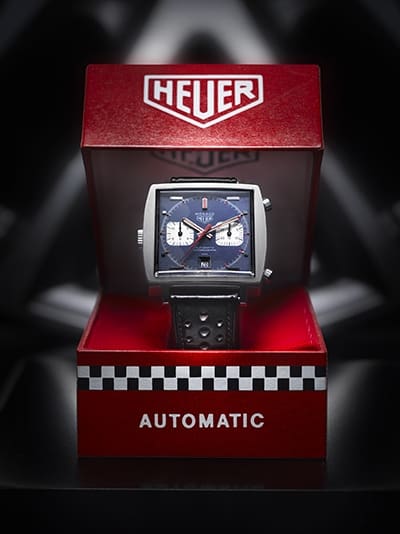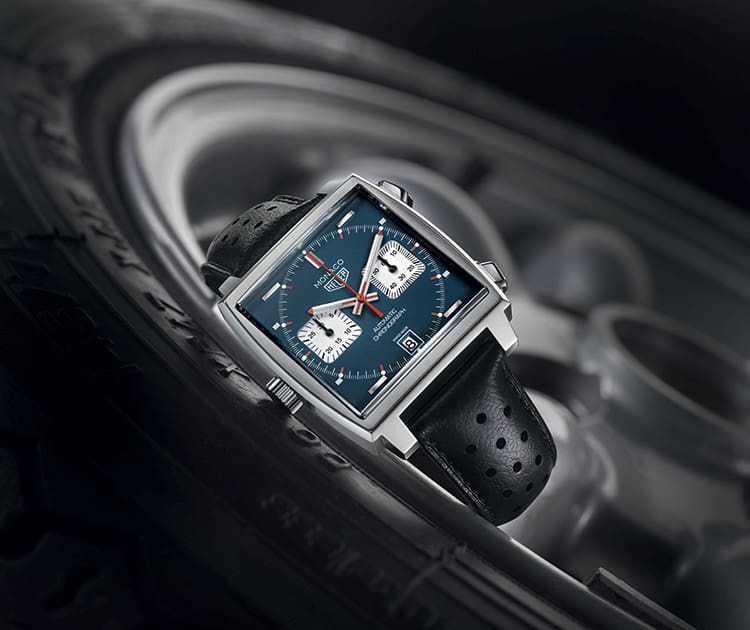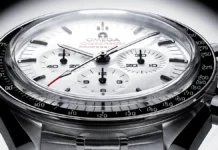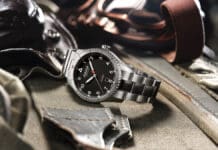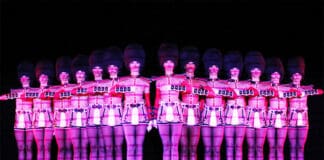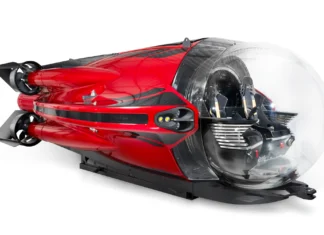An unconventional timepiece that introduced two cutting-edge world firsts, the TAG Heuer Monaco was a product of Heuer’s vision and pioneering spirit. Half a century later, this iconic model is being honored with events in Europe, the US, and Asia throughout 2019 – and a new Monaco limited-edition model will be launched at each event to celebrate the timepiece that first caught the world’s attention 50 years ago.
Looking back on 50 years of the TAG Heuer Monaco
As is the case with many iconic design classics, the Heuer Monaco (TAG was not part of the company name at the time) divided opinion. When it was introduced at simultaneous press conferences in New York and Geneva on 3 March 1969, most people’s reactions were less than enthusiastic. Every aspect of the watch’s design was radical: the metallic blue dial, the red and light blue hands, the square case and the placement of the crown on the left-hand side.
“We wanted to create an outstanding and innovative product, something avant-garde,” said TAG Heuer Honorary Chairman Jack Heuer. “When I saw the square case, I immediately knew it was something special. Until then, square cases were only used for dress watches because it was not possible to make them water-resistant. We went forward with this unconventional design and negotiated the exclusive use of this revolutionary case for the Monaco wrist chronograph.”
The Monaco’s daring design made it instantly recognisable, and it was the perfect complement to the advanced technology the Swiss watchmaker presented at the same time: the first water-resistant square case and the Calibre 11, the first automatic-winding chronograph movement.
The Calibre 11 was the result of three years of close collaboration between watch brands Heuer, Breitling and Hamilton, and became the first automatic chronograph. The then CEO of Heuer, Jack Heuer, was not really a fan of the watch’s design either, but he believed the groundbreaking innovations needed a design that would demand attention.
Strong links to the world of motorsports
Jack Heuer was convinced that motor racing was the right way to promote watches, including the Monaco. He wanted the watches (and dashboard timers) his company produced to be linked to the names and places connected with major races. The Monaco got its name from the glamorous and well-known Monaco Formula 1 Grand Prix. TAG Heuer is the Official Watch of the Monaco Top Cars Collection museum and has close ties to the Automobile Club de Monaco.
From Le Mans to The Dark Lord
In 1971, the Monaco shared the cinematic limelight with Steve McQueen in the movie Le Mans. In the mid-1970s, the Monaco received a makeover. At that time, black was becoming a fashionable colour, and so the Monaco was cloaked in a black anodised case. Known as The Dark Lord, this fragile and rare model was enticing and today it is coveted by collectors. The first chapter of the Monaco’s story ends in the late 1970s.
The evolution of the Calibre 11
Heuer became TAG Heuer in 1985, and, in 1998,




